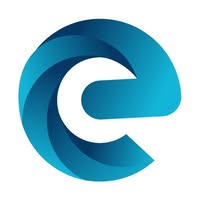Medical traditions in India were rooted in Ayurveda, Siddha, Unani, and other indigenous systems long before stethoscopes and white coats became symbols of modern medicine in India. The push for Western-style medical education, however, came during British colonial rule, driven by both administrative needs and a belief in the superiority of European medicine.
Why did the British introduce modern Medical Education?
The journey toward modern medical education in India can be traced back to 1822, when the Medical Board of British Surgeons wrote to the Government of India recommending a structured system of medical training for Indians. The goals were clear:
- Maintain public health in British India
- Provide qualified medical personnel for the East India Company’s service
But there was another motive: the British distrusted indigenous treatments and preferred European medical methods.
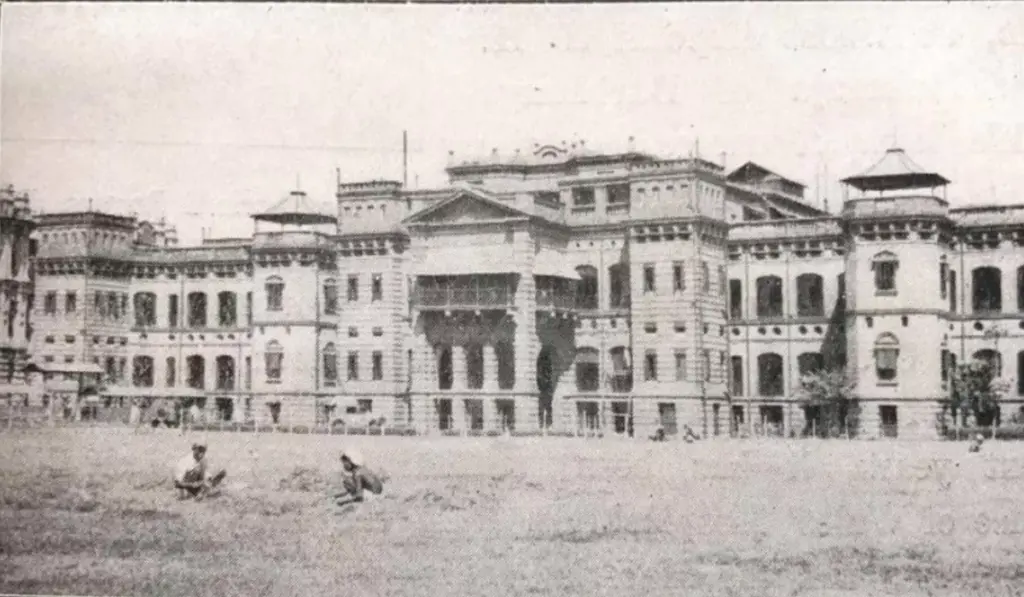
Due to frequent wars in the mid-18th century, many Company surgeons were occupied with military duties, leaving civilian healthcare understaffed.
Initially, British surgeons treated Indian soldiers directly. However, high-caste soldiers often refused medicines prepared by Europeans due to caste restrictions.
To bridge this gap, the Company began employing Indian medical practitioners to dispense medicines under British supervision.
Calcutta: The Birthplace of Modern Medical Education in India
In 1835, the Medical College of Bengal (later Calcutta Medical College) was founded, the first medical school in British India.
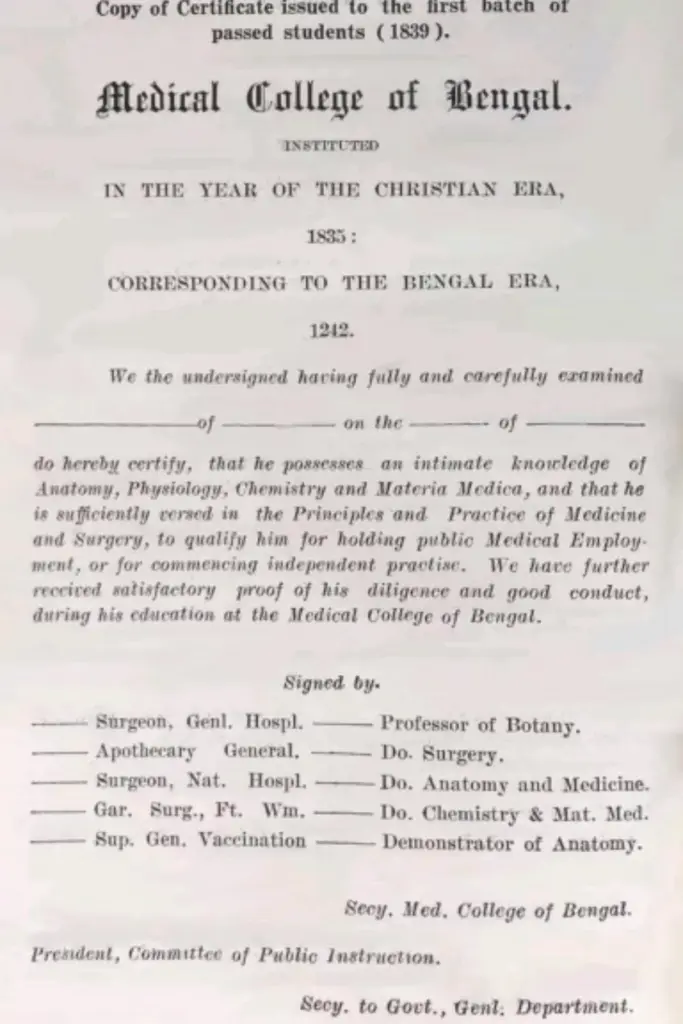
Why Calcutta?
- It was the capital of British India at the time.
- It was the hub of political and administrative authority.
- It offered easy access to resources, personnel, and the colonial bureaucracy.
This marked the official beginning of Western medical education for Indians.
Early Curriculum: Shorter Courses, Different Priorities
The first MBBS program under British rule lasted three years, far shorter than today’s 4.5 years plus one year of internship.
Course Structure (1835-1839):
- Year 1: Anatomy, Physiology, Pharmacology
- Years 2 & 3: Medicine and Surgery
- Practical exposure at General Hospital, Company’s Dispensary, Eye Infirmary, and Vaccination Department
Medium of Instruction: English
Student Age: 14–20 years (today’s NEET-UG minimum age is 17)
The first principal, Dr. M.J. Bramley, envisioned sending promising students to England for advanced studies, a dream soon realised.
Cultural Resistance and Breakthroughs
Initially, high-caste Hindus resisted studying Western medicine, largely because it required human dissection, considered taboo.
The turning point came when Pandit Madhusudan Gupta, an Ayurvedic practitioner trained in Western medicine, conducted the first human dissection in India. This broke social barriers and encouraged students from diverse communities to enroll.
Also Read: Top 10 Oldest Medical Colleges in India: Colonial Legacy to Modern Excellence
The First MBBS Batch (1839)
In 1839, the first batch of native doctors graduated from the Medical College of Bengal.
These graduates could:
- Practice both medicine and surgery
- Earn starting salaries of ₹30/month in Company service
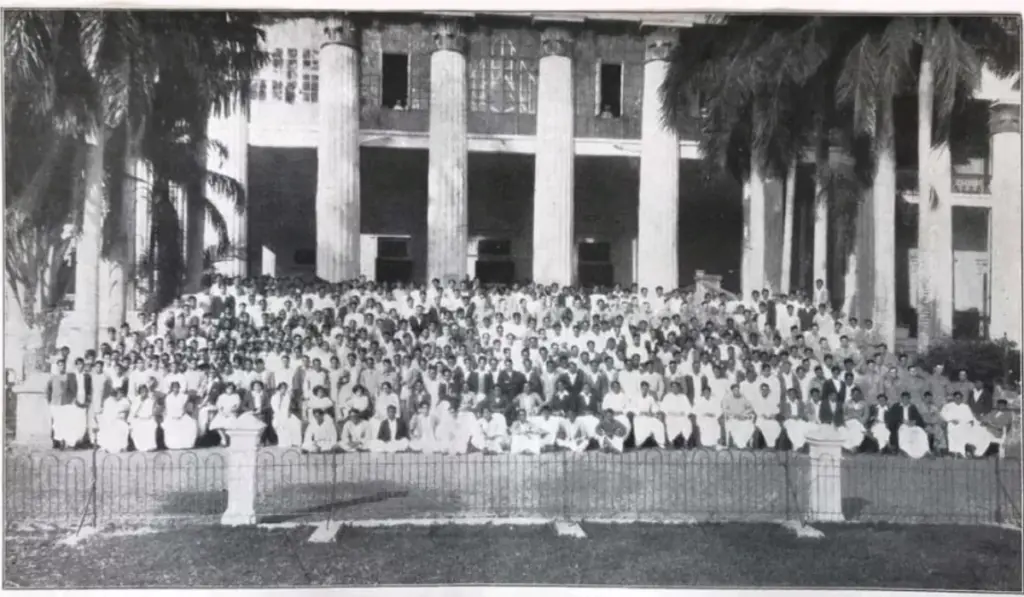
Overseas Torchbearers
In 1845, Soorjo Coomar Goodeve Chuckerbutty, Bhola Nath Bose, Dwarka Nath Bose, and Gopal Chunder Seal travelled to England for further studies.
Chuckerbutty later became the first Indian to join the Indian Medical Service in 1855. His achievements were praised in the Medical Times and Gazette in London.
| Soorjo Coomar Goodeve Chuckerbutty, also called Surjo Kumar Chakraborty MRCS (28 February 1826 – 29 September 1874) was the first Indian to pass the examination of the Indian Medical Service (IMS) in 1855 and became the Professor of Materia Medica at Calcutta Medical College (CMC) in the latter half of the nineteenth century. |
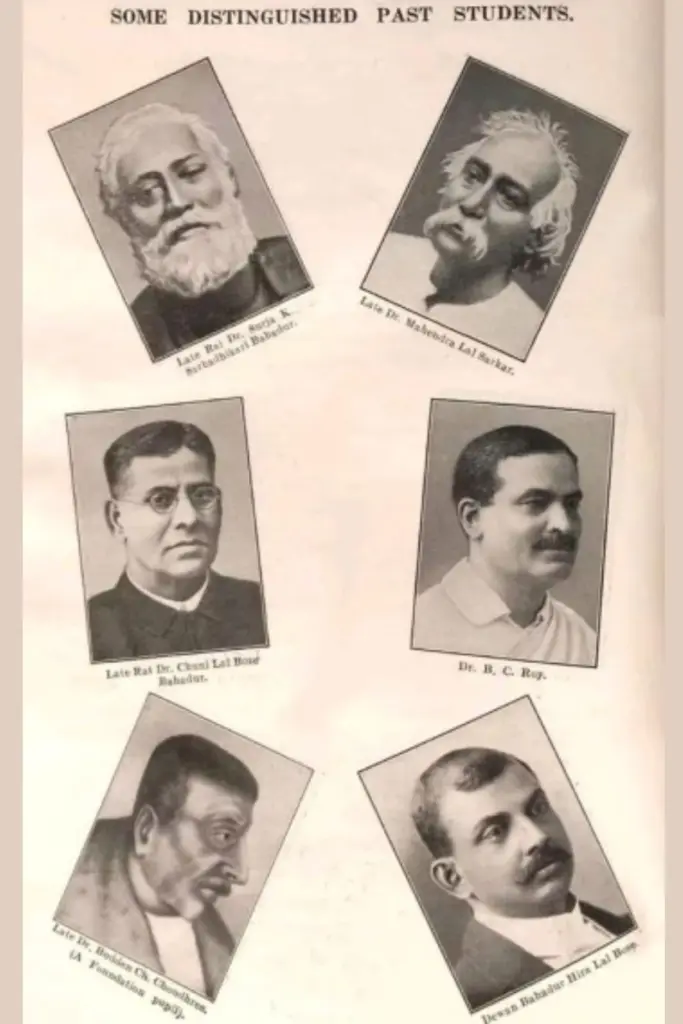
Challenges: No Libraries, No Labs
The early years were far from perfect:
- No dedicated medical library
- Lack of laboratory facilities
- Inconsistent course lengths (4-6 years depending on the candidate)
Despite these issues, those who passed the final exam were certified to practice medicine and surgery. These doctors were known as “native doctors.”
Expansion of Medical Education
Following Calcutta’s success, Bombay and Madras also established medical colleges.
By 1858, it became mandatory for native doctors to register with the UK’s General Medical Council (GMC) to practice under British authority.
Women in Medical Education: The Pioneers
The British period also saw the birth of women’s medical education in India:
- CMC Ludhiana: Founded in 1894 by Dr. Edith Mary Brown as the North India Medical School for Women with just 4 students.
- Kadambini Ganguly: First woman to graduate in medicine from Calcutta Medical College (1886).
- Dr. Anandibai Joshi: First Indian woman to obtain a MBBS Abroad degree (Women’s Medical College of Pennsylvania, USA).
Kadambini’s journey was particularly remarkable, a graduate of Bethune College, she broke multiple social barriers to earn her medical degree.
From Ayurveda to Modern MBBS: A Colonial Legacy
The British medical education model brought:
- Standardized curriculum
- Formal examinations
- Registration requirements
But it also:
- Relegated indigenous medicine systems to secondary status
- Created dependency on European medical institutions and validation
Today’s MBBS structure in India, 4.5 years study + 1 year internship, evolved from these colonial foundations.
Legacy of the 1839 Graduates
The first MBBS graduates were more than just doctors, they were cultural intermediaries between India’s rich traditional medicine and Western medical science.
Their training shaped the future of India’s medical infrastructure, producing generations of doctors who combined clinical skill with administrative utility for the colonial state.
Key Timeline:
- 1822 – Medical Board letter recommends structured Indian medical education
- 1835 – Medical College of Bengal established
- 1839 – First MBBS batch graduates
- 1845 – First students sent to England for training
- 1855 – First Indian joins the Indian Medical Service
- 1894 – First women’s medical school founded in Ludhiana
The story of India’s first MBBS batch is not just about medicine – it’s about the transformation of knowledge systems, social structures, and professional identity under colonial rule.
HAPPY INDEPENDENCE DAY!
